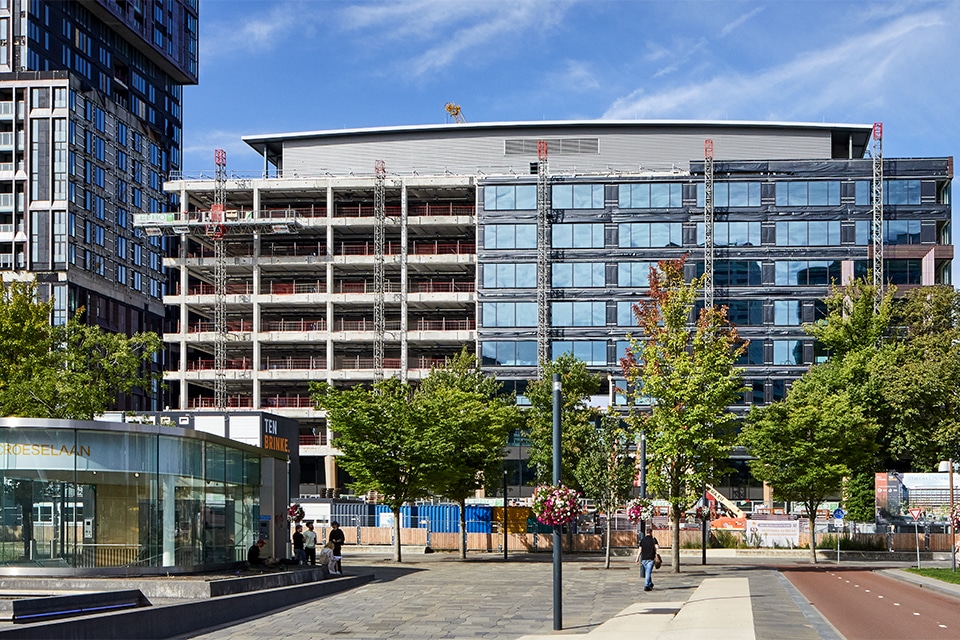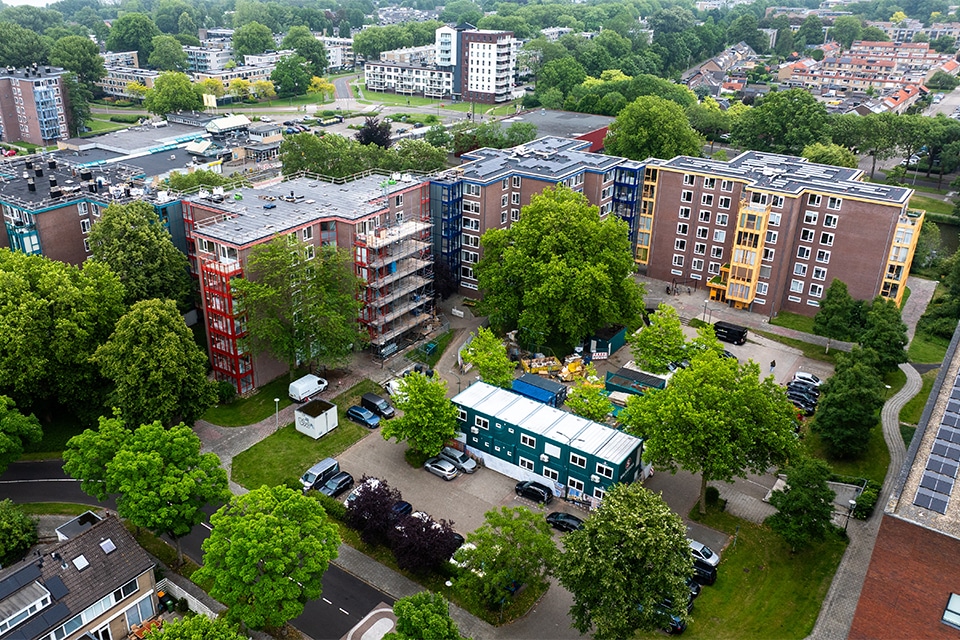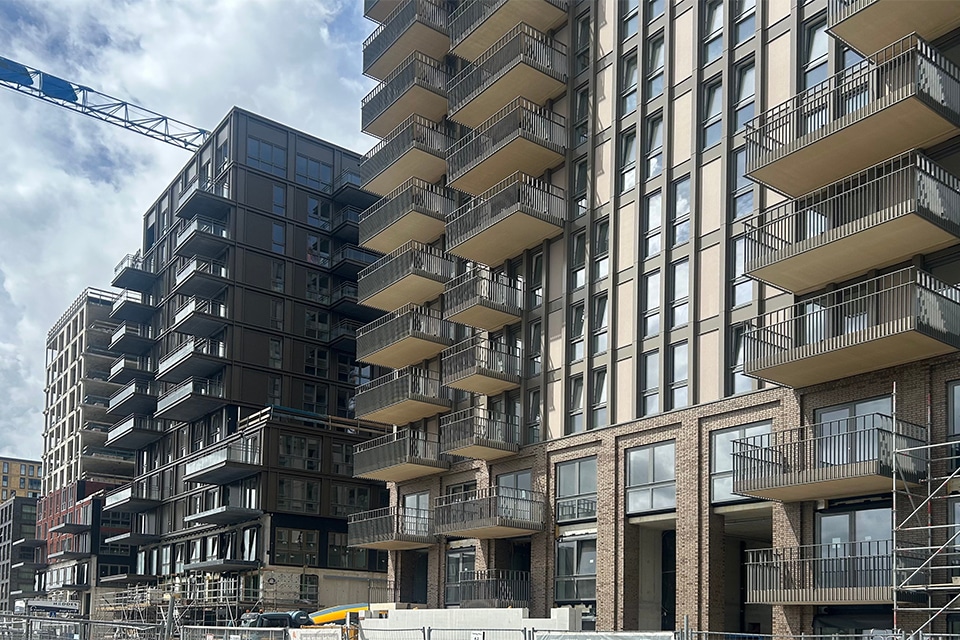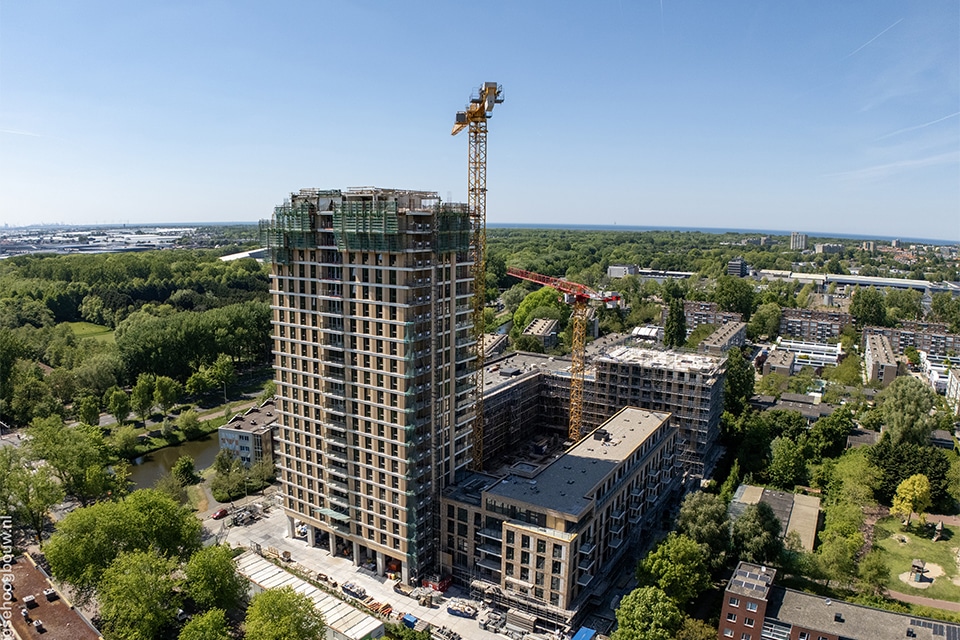
'Anything but a routine job'
Realizing affordable housing on a large scale requires a different way of developing, engineering and building. With Fibonacci, Van den Pol Elektrotechniek is taking up this gauntlet together with VORM 2050. "We realize the complete E-installation," says project manager Timo Jooren. "Just like the lighting in the common areas and on the roof gardens, a camera installation, charging stations and an evacuation system in the parking basement."
24 different types
Van den Pol has extensive prefab experience in utility and residential construction. "Fibonacci is the first project of VORM 2050. Cooperation in this composition is a first for all partners. Furthermore, there are 24 different types of apartments, whereas with prefab you want as little variation as possible. And since the precast slabs connect to a wooden construction, it is a challenge to get the piping in the right place." In short, Fibonacci is anything but a routine job. "You could say that," Jooren laughs. "It requires a lot of drawing hours to incorporate the installations into the building."
Crucial Windwokkels
Because of the roof gardens, there is no room for a PV installation. To still generate green energy, Van den Pol is installing 21 Windwokkels. "This compact innovation was developed by Green Hybrids. With it, Fibonacci takes advantage of the specific characteristics of wind energy. Solar has about 1,000 effective generation hours annually, while wind has an average of 3,000. Thus, with Windwokkels, the energy yield is more evenly distributed throughout the year. And to create the same yield with a solar installation, ten times as much roof space is required. But more importantly, since PV panels were not an option, Windwokkels at Fibonacci are simply crucial to meeting the sustainability requirements for new construction."
High Five
Together with the other construction partners, Van den Pol is preparing the next project, High Five in Utrecht, with two towers containing more than 900 student housing units.
Heeft u vragen over dit artikel, project of product?
Neem dan rechtstreeks contact op met Van den Pol Electrical Engineering.
 Contact opnemen
Contact opnemen




